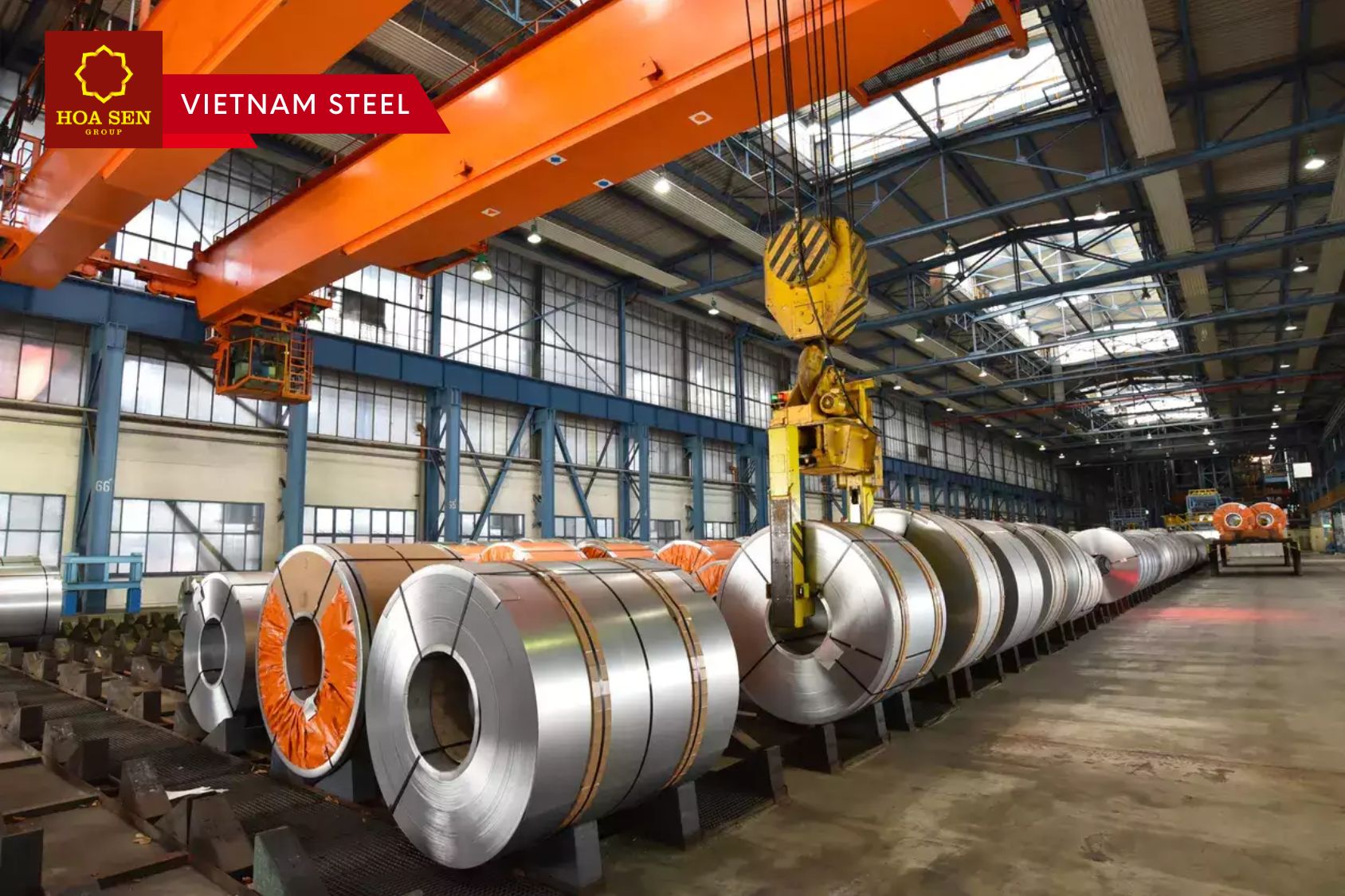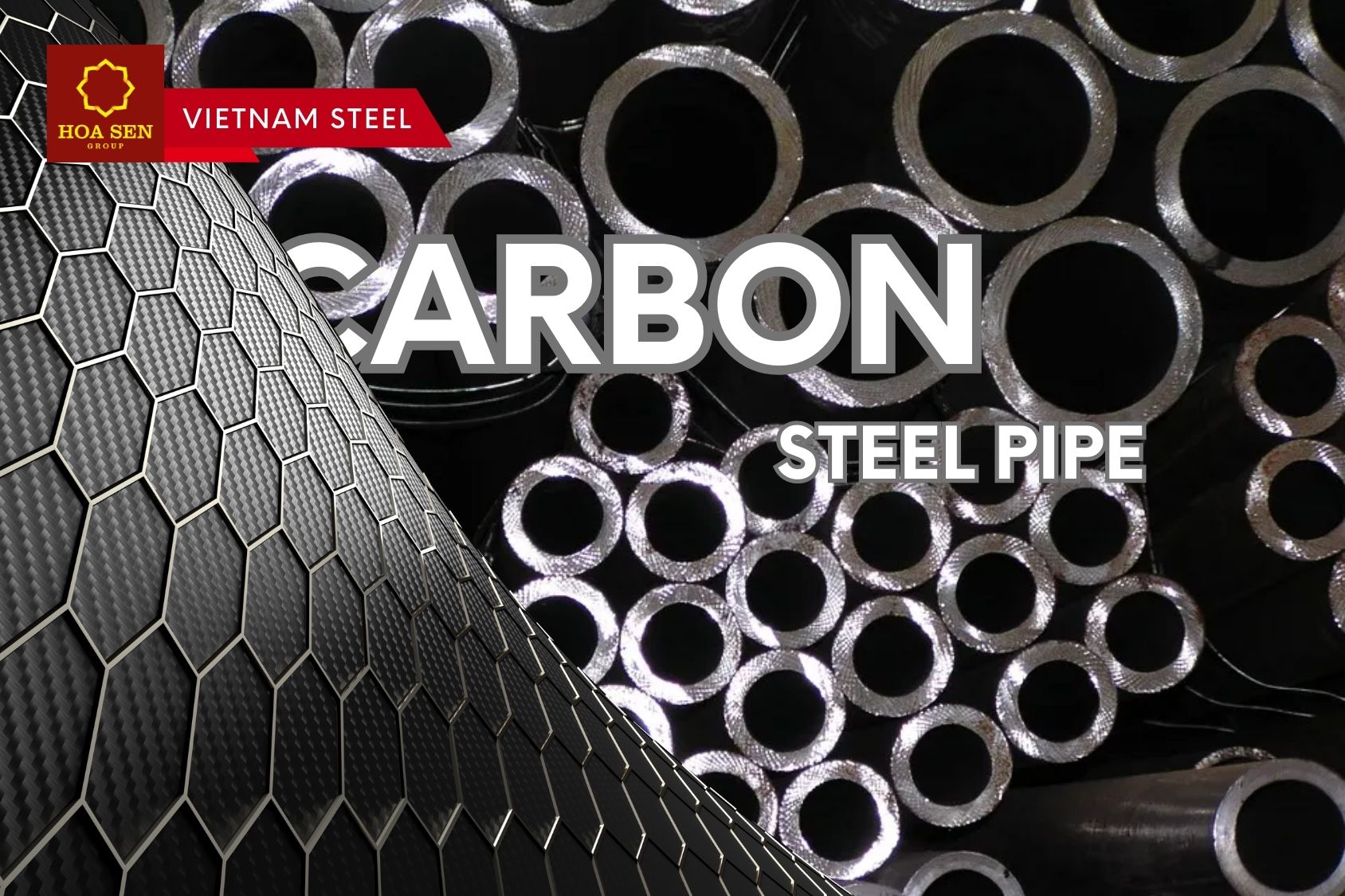The steel industry, a cornerstone of modern infrastructure, continues to evolve with new technologies, production methods, and sustainability initiatives. As we move towards a more sustainable future, the importance of reducing carbon emissions in steel manufacturing has never been more critical. The global steel industry is undergoing rapid transformations, driven by both environmental concerns and the need for more efficient production processes. Let’s explore the latest trends and innovations that are shaping the future of steel production.
Technological Innovations in Steel Production
The adoption of new technologies is revolutionizing steel production. One of the most promising innovations is the development of green steel. This term refers to steel produced with minimal environmental impact, often through the use of renewable energy sources or more sustainable methods like hydrogen-based steelmaking. Traditional methods, such as blast furnaces, release significant amounts of carbon dioxide. However, new techniques such as Direct Reduced Iron (DRI) and Electric Arc Furnaces (EAF) are reducing carbon emissions while improving energy efficiency.
In addition to these methods, there is growing interest in digitalization and automation within the steel industry. With the integration of Artificial Intelligence (AI) and Internet of Things (IoT) technologies, steel producers can optimize their operations, reducing waste and improving the quality of the steel produced. For example, predictive maintenance tools help manufacturers identify potential equipment failures before they occur, minimizing downtime and increasing production efficiency.
Sustainability in Steel Production
Sustainability is no longer a buzzword in the steel industry; it is an essential aspect of its future. Steel production accounts for a significant portion of global carbon emissions, but innovative approaches are helping to reduce this environmental footprint. Many steel producers are investing in technologies that capture carbon dioxide emissions and either recycle or store them underground.
One of the leaders in this space is the Swedish company H2 Green Steel, which has been making waves with its hydrogen-based steelmaking process. By replacing traditional carbon-based methods with hydrogen, they aim to produce steel with virtually zero carbon emissions. This revolutionary method not only improves sustainability but also drives the global steel industry closer to its climate goals.

Recycling and the Circular Economy
Recycling is a cornerstone of sustainable steel production. Steel is already one of the most recycled materials in the world, with over 90% of steel scrap being recycled globally. Steel scrap is melted down in Electric Arc Furnaces to produce new steel, reducing the need for raw materials like iron ore. This process consumes less energy and reduces the carbon footprint of the steel manufacturing process.
The concept of a circular economy—where materials are reused, recycled, and repurposed—is gaining momentum in the steel industry. The push for more sustainable practices encourages steel manufacturers to rethink their processes and supply chains. Recycled steel not only helps conserve natural resources but also aligns with the global trend of reducing waste and carbon emissions.
Challenges and Opportunities Ahead
Despite the rapid advancements in technology and sustainability, the steel industry faces several challenges. One of the most pressing issues is the fluctuating prices of raw materials, such as iron ore and coal. These price changes can disrupt supply chains and affect production costs, which in turn impacts steel prices. To mitigate these risks, steel producers are diversifying their sources of raw materials and exploring alternative methods for sourcing them.
Moreover, there is a growing demand for quality steel across various industries, from construction to automotive manufacturing. This requires steel producers to continuously innovate and improve the quality of their products. Advances in smart steel and other specialized materials are providing manufacturers with the ability to create more durable and high-performance steel products.
Conclusion
The steel industry is on the brink of a transformation, driven by innovation, sustainability, and a commitment to reducing its environmental impact. From hydrogen-based steelmaking to advanced automation, the future of steel production looks brighter and more efficient than ever. As companies continue to embrace new technologies and sustainable practices, the global steel industry is set to play a pivotal role in building a greener and more resilient future.
VietnamSteel by Hoa Sen Group

